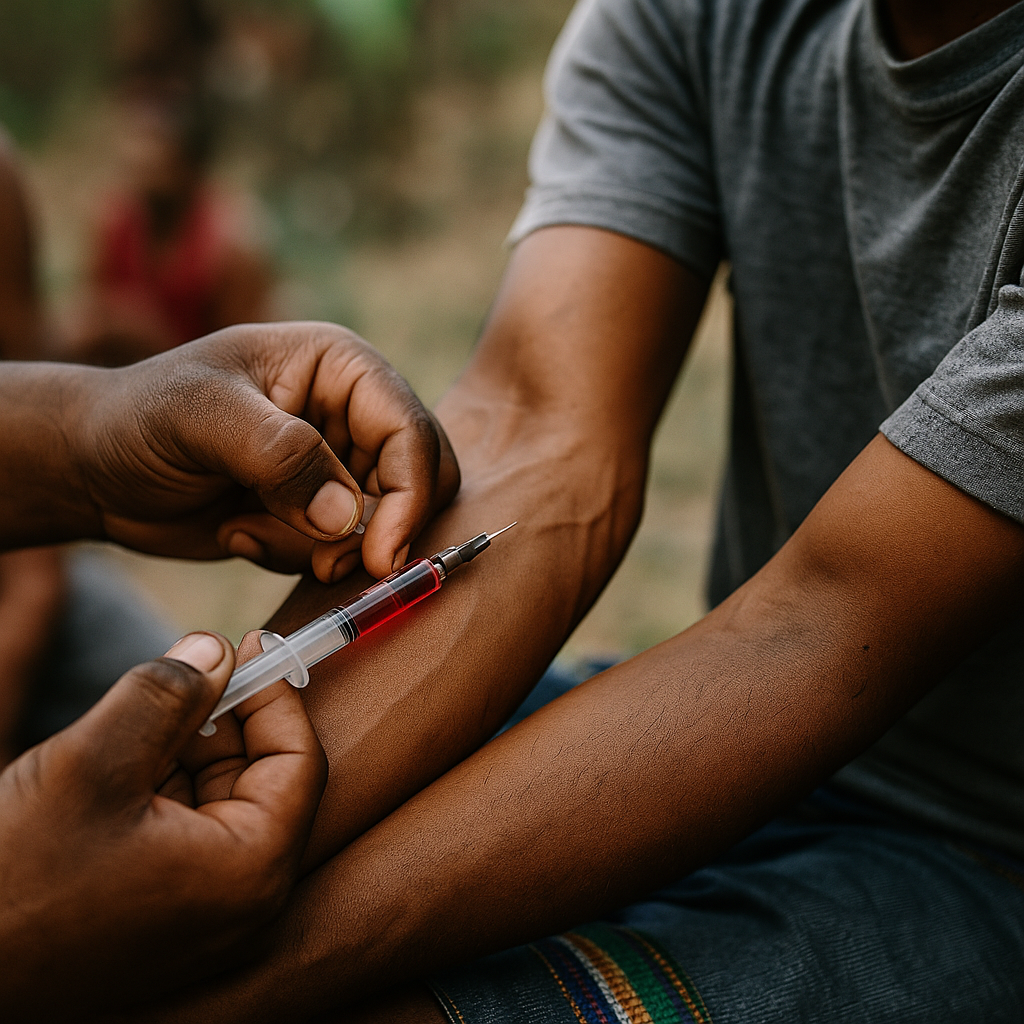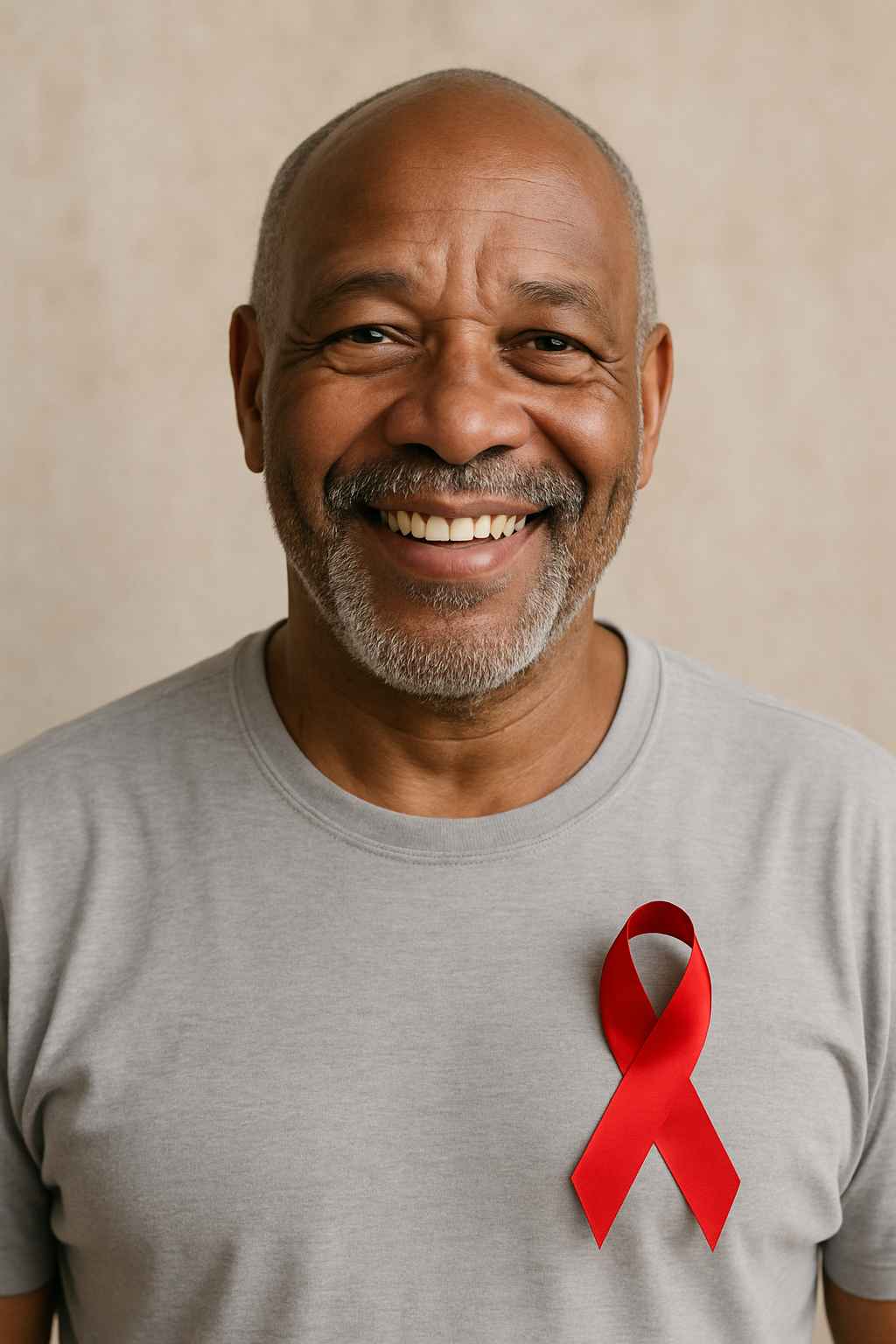
Have you ever experienced a lingering flu-like illness or unexplained fatigue and wondered if it might be something more serious? With HIV still affecting millions worldwide, many people find themselves asking, “Do I have HIV symptoms?” This concern is valid—especially since early detection and treatment drastically improve outcomes. Yet, due to the often subtle or confusing nature of symptoms, HIV can go unnoticed for years if left unchecked.
In this 2025 guide, we’ll explore how HIV presents in the body, what symptoms to watch for, and when you should get tested. Whether you’re looking for peace of mind or critical health information, understanding HIV symptoms can be a crucial step toward protecting your well-being.
Table of Contents
- What Causes HIV Symptoms?
- Early Signs: Acute HIV Infection
- Chronic HIV Symptoms and Progression
- When and Why You Should Get Tested
- Final Thoughts
- FAQs
What Causes HIV Symptoms?
HIV, or human immunodeficiency virus, damages the immune system by attacking CD4 cells (T-helper cells), which are vital for fighting off infections. As the virus multiplies and spreads, the immune system weakens. This deterioration is what causes the onset of HIV symptoms. However, these symptoms vary greatly from person to person and often depend on the stage of infection.
During the initial phase, the body launches a defense against the virus, which can result in symptoms resembling a common cold or flu. In some individuals, no noticeable symptoms appear at all, making early testing essential even if you feel fine. Over time, if HIV goes untreated, it progresses and leads to more severe complications, including opportunistic infections and AIDS.
The stages of HIV—acute, chronic, and AIDS—each come with their own distinct signs. Recognizing them early can be the difference between managing the virus effectively and facing long-term health consequences.
Early Signs: Acute HIV Infection
Acute HIV infection typically develops within 2 to 4 weeks after the virus enters the body. This phase, also known as primary HIV infection or seroconversion, is when the virus rapidly multiplies. During this time, the immune system responds by releasing antibodies, which can sometimes be detected with advanced testing.
Common acute HIV symptoms include:
- Fever
- Chills
- Swollen lymph nodes
- Rash
- Muscle aches
- Fatigue
- Mouth ulcers
- Night sweats
- Sore throat
Although these symptoms may be mistaken for the flu or mononucleosis, the difference lies in the persistence and combination of these signs. They may last for a week or more, and not everyone experiences all of them. In fact, some individuals may show no symptoms at all but are still highly contagious during this stage.
If you’ve recently engaged in high-risk behavior—such as unprotected sex, sharing needles, or having a partner with an unknown HIV status—it’s crucial to seek testing. Rapid tests or PCR-based blood tests can detect the virus during this early window.
To learn more about self-monitoring and support, visit Health.HealingWell.com for personal experiences and peer discussions.
Chronic HIV Symptoms and Progression
After the acute stage, HIV typically enters a chronic phase, often referred to as clinical latency. Although the virus is still active, it reproduces at lower levels. During this time, many people feel fine and may not exhibit obvious HIV symptoms. However, without treatment, the virus continues to damage the immune system.
Over time, chronic HIV may begin to show signs such as:
- Persistent fatigue
- Unexplained weight loss
- Recurrent fevers
- Swollen lymph nodes in multiple areas
- Diarrhea lasting more than a week
- Recurrent yeast infections
- Shingles
- Pneumonia
As the immune system weakens, people become more susceptible to opportunistic infections. Without antiretroviral therapy (ART), the virus can progress to AIDS, where the immune system is severely compromised. At this point, symptoms become more severe and include chronic infections, certain cancers, and cognitive decline.
Thanks to modern treatment options such as Biktarvy, Dovato, and injectable therapies like Cabenuva, individuals living with HIV can suppress the virus to undetectable levels, significantly reducing the risk of transmission and long-term health issues.
When and Why You Should Get Tested
If you’re asking yourself, “Do I have HIV symptoms?” the most reliable answer comes from getting tested. Because early symptoms can mimic other illnesses or even be absent, testing is the only way to know for sure.
Routine testing is recommended for:
- Individuals aged 13 to 64 at least once as part of routine healthcare
- Anyone with a new or multiple sexual partners
- People who inject drugs or share needles
- Pregnant individuals
- Those with a sexually transmitted infection (STI)
You can access testing through clinics, at-home test kits, or community health events. Many tests today offer same-day results, including fourth-generation antigen/antibody tests and rapid oral swabs.
If you do test positive, early treatment is key. Antiretroviral therapy (ART) can help you achieve and maintain an undetectable viral load. According to the U=U (Undetectable = Untransmittable) principle, a person with an undetectable viral load cannot transmit HIV to sexual partners.
Not sure where to start? Consult an HIV specialist through Healthcare.pro to explore care plans and treatment options near you.
Final Thoughts
Recognizing HIV symptoms is a critical part of maintaining your health and preventing transmission. Whether you’re experiencing fatigue, flu-like symptoms, or simply feeling unsure after a risky encounter, testing is your best next step. Thanks to medical advancements and a growing support network, living with HIV in 2025 is not only manageable—it’s treatable and, in many cases, virtually unnoticeable.
If you suspect you might have HIV, don’t wait. Knowledge is power, and early action can change your future.
Explore more resources and community discussions at Health.HealingWell.com or visit AIDS.org for updates on HIV prevention, care, and advocacy.
FAQs
What are the first signs of HIV infection?
Early signs may include fever, sore throat, fatigue, rash, and swollen lymph nodes—often resembling the flu.
Can I have HIV without any symptoms?
Yes, many individuals don’t experience noticeable symptoms for years. Testing is the only way to confirm HIV status.
How soon after exposure can I test for HIV?
Most tests are accurate within 2 to 4 weeks after exposure. Some advanced tests can detect the virus even sooner.
Do HIV symptoms mean I definitely have HIV?
Not necessarily. Symptoms overlap with many illnesses. Testing is essential to determine if HIV is the cause.
Where can I find support if I test positive?
Online forums like health.healingwell.com and providers found through healthcare.pro offer both emotional and medical support.
Disclaimer:
This content is not medical advice. For any health issues, always consult a healthcare professional. In an emergency, call 911 or your local emergency services.



